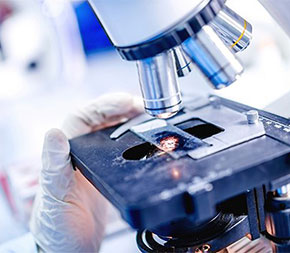
Histotechnologist: Fast Facts
What Is a Histotechnologist?
A histotechnologist, also referred to as a histology technician or histologic technician, is a highly specialized medical laboratory professional. They play a critical role in the diagnosis and treatment of diseases by skillfully processing tissue samples and preparing microscope slides for examination. Histotechnologists are experts in the field of histology, which involves studying the microscopic structures of tissues to aid in medical diagnoses.
Education and Training
In addition to histology and histochemistry, you’ll learn processing techniques, preparation of specimens and microscopy.
Courses in histotechnology generally include the following:
Licensing and Certification
In order to become a histotechnologist, you’ll need to have a bachelor’s degree and certification from a National Accrediting Agency for Clinical Laboratory Sciences (NAACLS) or Committee on Allied Health Education and Accreditation (CAHEA) accredited program.
Regulations vary from state to state, but certification is highly recommended because many employers require it. The American Society for Clinical Pathology (ASCP) offers national certification and testing, which earns histotechnologists the title Certified Histotechnologist (CHTL).
Median Annual Histotechnologist Salary
The U.S. Bureau of Labor Statistics categorized histotechnologists under clinical laboratory technicians and technologists, and reports they earn a median annual wage of .
Take a look at median annual salaries for your state.